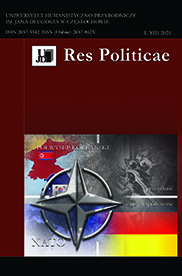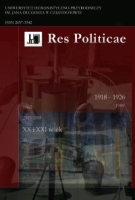NATO and the Warsaw Pact in defence politics of the Socialist Federal Republic of Yugoslavia in the second half of the 20th century
Keywords:
Socialist Federal Republic of Yugoslavia, geostrategic placement of the SFRJ, Yugoslavian People’s Army, Homeland Defence, SFRJ defence doctrineAbstract
After the year 1945 and during the Cold War, the defence politics of the Socialist Federal Republic
of Yugoslavia (SFRJ) in regards to NATO was determined by the country's international politics
and its geostrategic placement. The geopolitical situation of the Socialist Federal Republic of
Yugoslavia was extremely complicated due to its borders shared with NATO and the Warsaw Pact
countries. The communist government of Yugoslavia, and the leaders of the Yugoslav People's
Army, expected the SFRJ territory to become a warzone should the conflict between the two political
blocks escalate to military action. One of the key elements of the doctrine of the SFRJ politicians
and military elite was a plan of defense solutions in case of a NATO aggression. The defence
strategies of the YPA, especially after 1968, also took into account a possibility of the Warsaw Pact
forces entering the country. The defence plans prepared for a NATO aggression were based mostly
on the experiences of World War II, expecting the SFRJ territory to be one of the important elements
of a future war between the two blocks.




